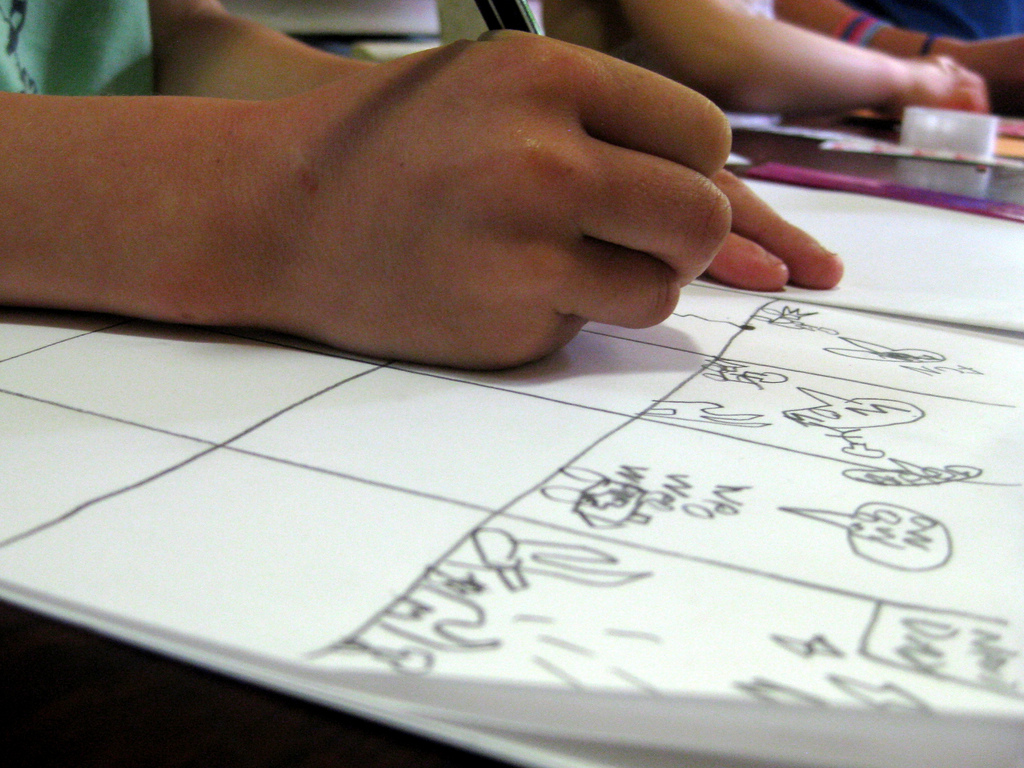
Q: Do I need to do Storyboards for my animation?
TF: While storyboards are not an absolute requirement to tell good stories, they provide an essential blueprint of how a story will be told. Famous directors such as Hitchcock, Scorsese, and Lucas have employed storyboards to great effect with their films. And it’s even more important with animation and VFX as the time and technical acumen required are even greater than for film. A company such as Pixar will devote many months to developing storyboards and animatics, so as to optimize shots and scenes and assure a great resulting movie. NYFA understands the benefit of creating boardwork and sees value in bringing that skill set to their students.
Q: Do I need to know how to draw to do storyboarding?
TF: In today’s world knowing how to draw is obviously a plus, but not a requirement to produce adequate storyboarding. In fact, crude stick figures are more than adequate for storytelling. Taking this concept even further, cellphones can easily be utilized to compose shots for shot continuity.
Q: What does Storyboarding bring to an animated movie?
TF: Having storyboards allows a director to more efficiently communicate his or her vision to those involved in the animation pipeline. It also allows the Producer to have a visual map that fosters good morale and a clear path towards the completion of a production.
Q: Will every project I do require a Storyboard?
TF: Every project in the animation industry will require at least a script and shot sheet. As a result, in the NYFA academic environment, storyboarding is emphasized to each student so they can gain the experience.
Q: Do I need to know Photoshop and have a computer for Storyboarding?
TF: Digital technology has enhanced every aspect of animation — filmmaking and storyboarding are no different. However, simple pen, pencil, and notepad still work.
